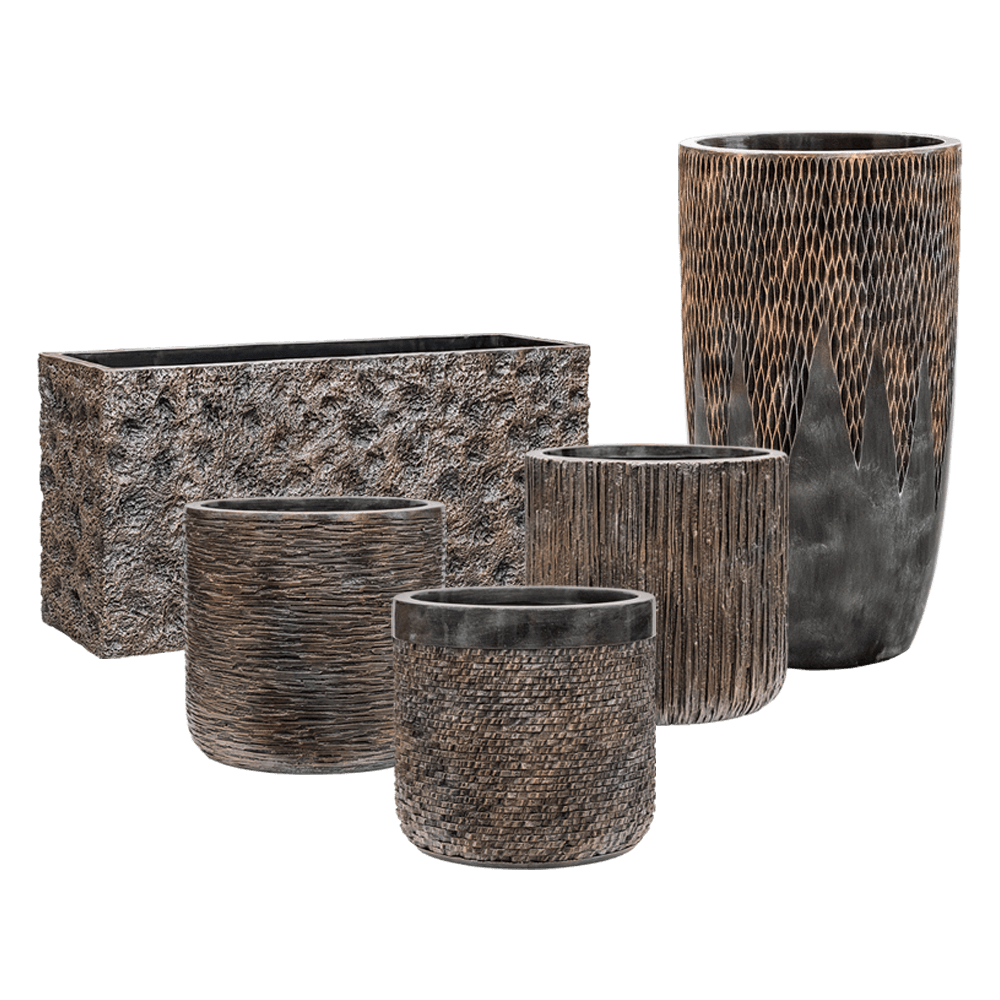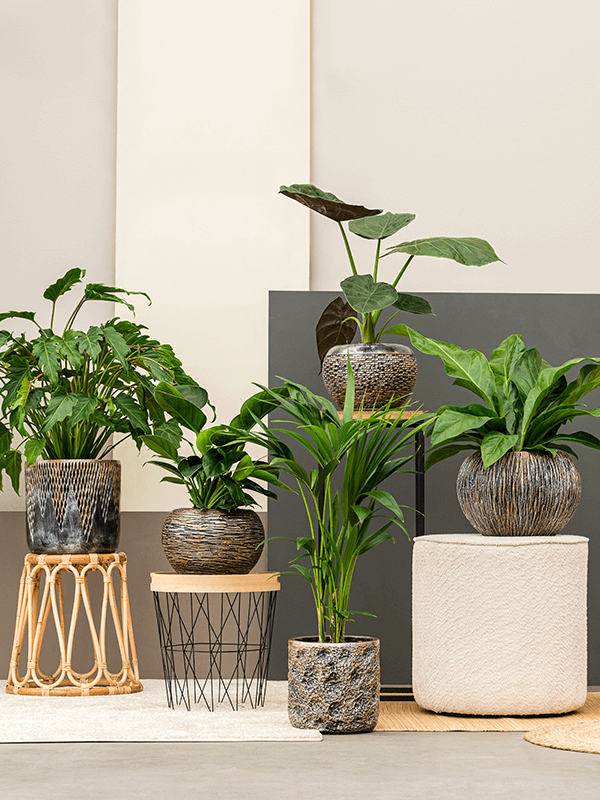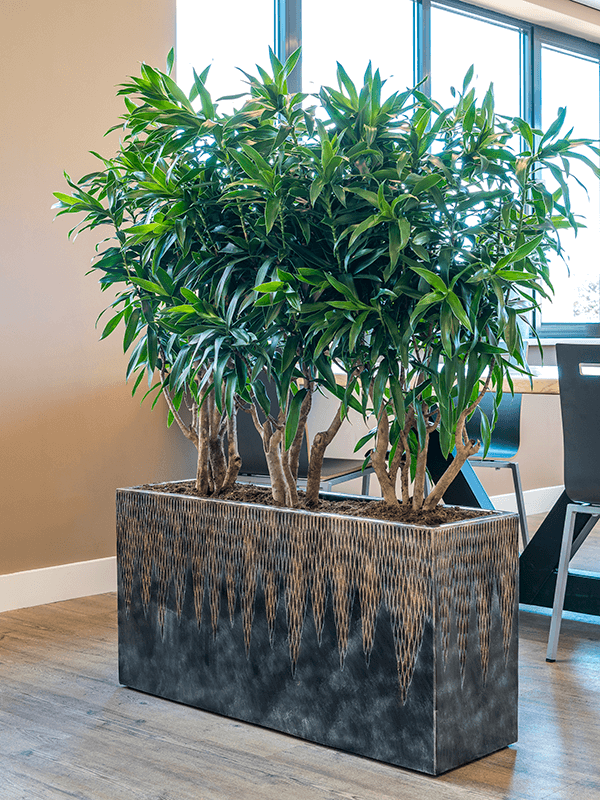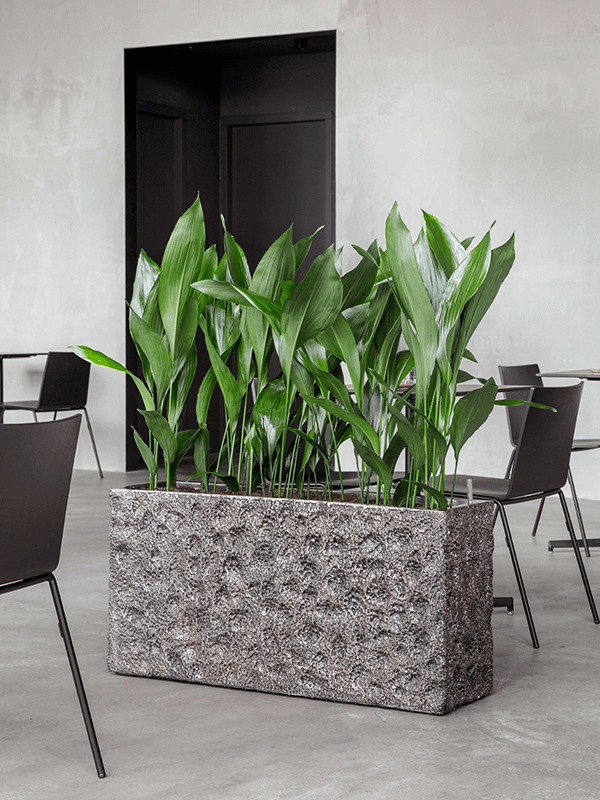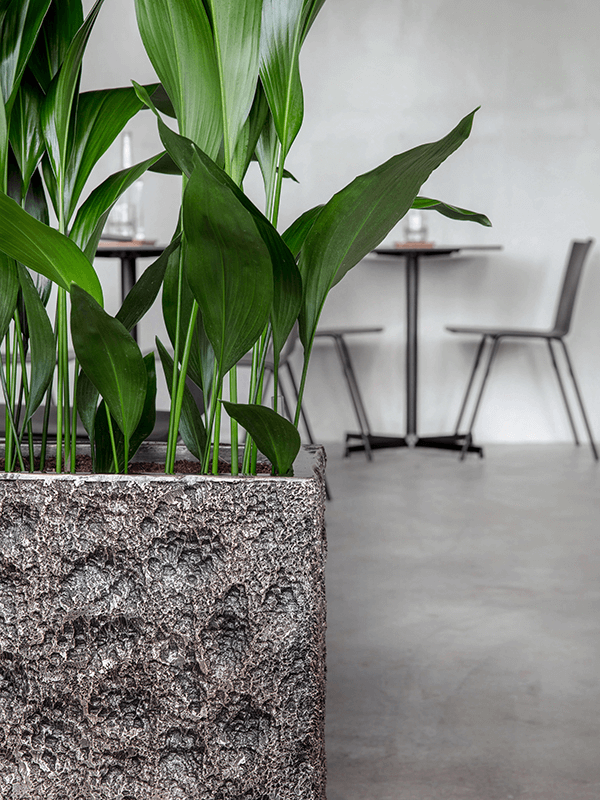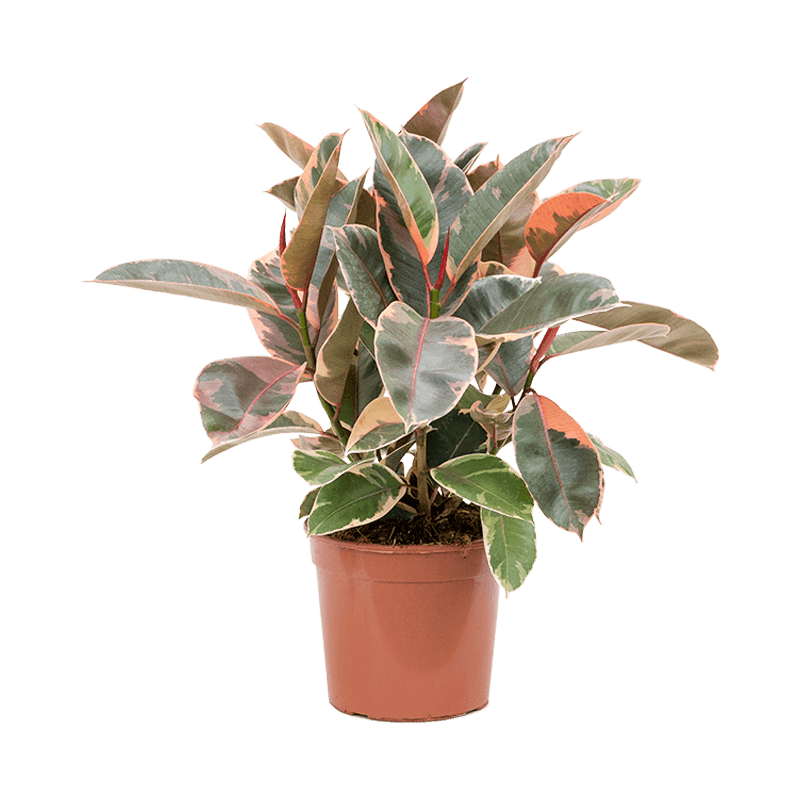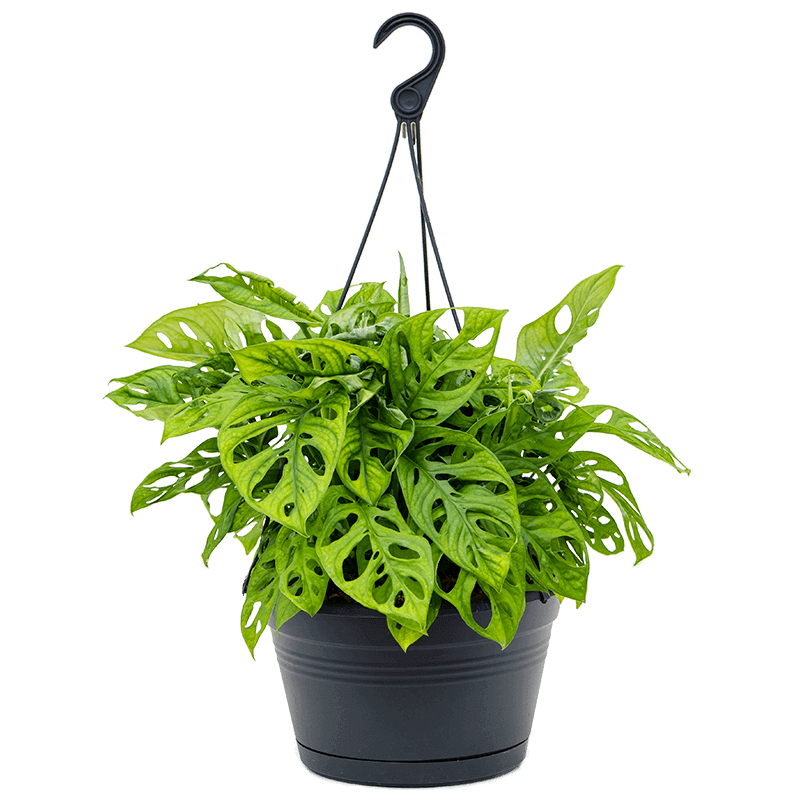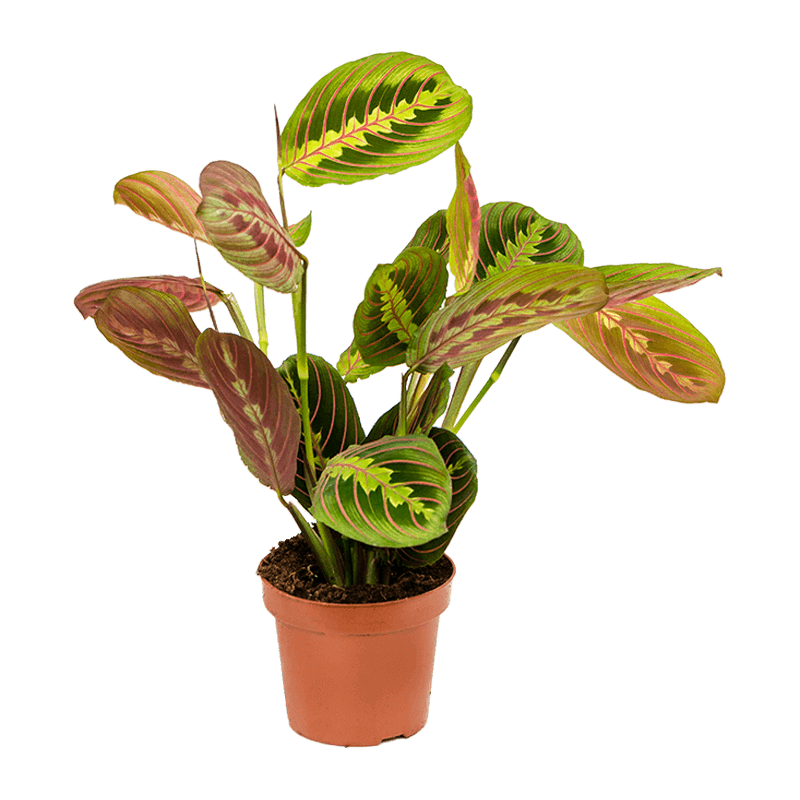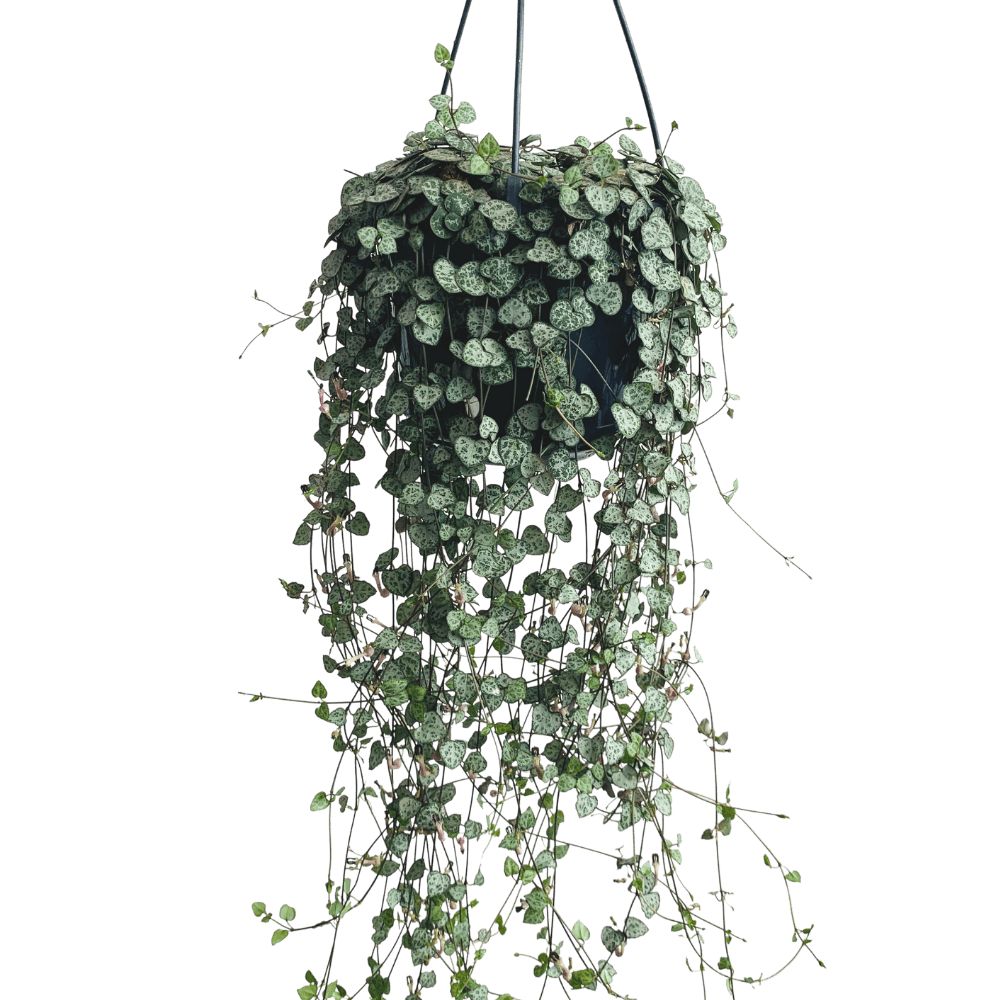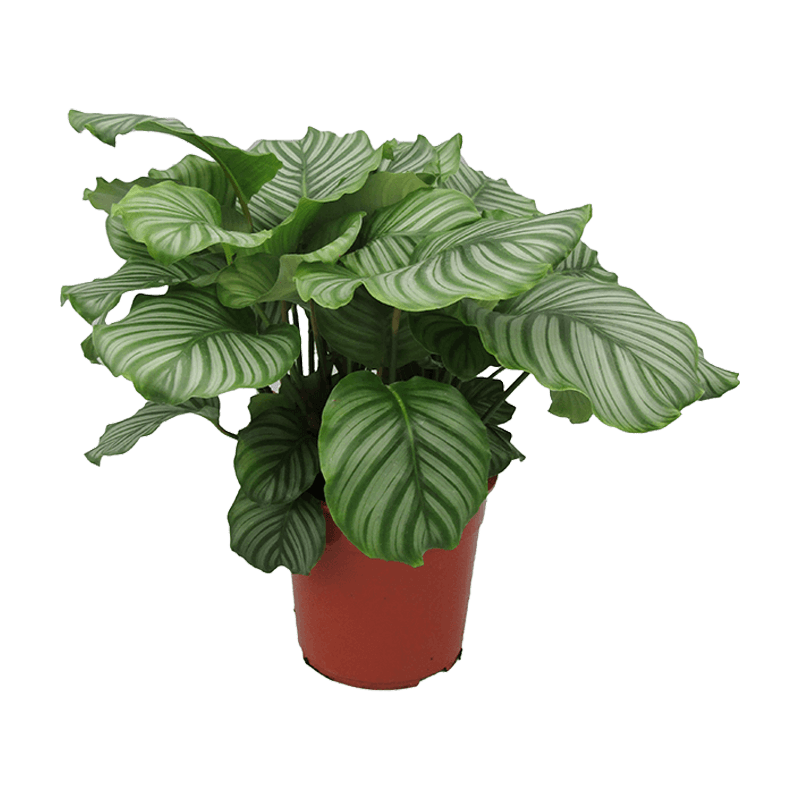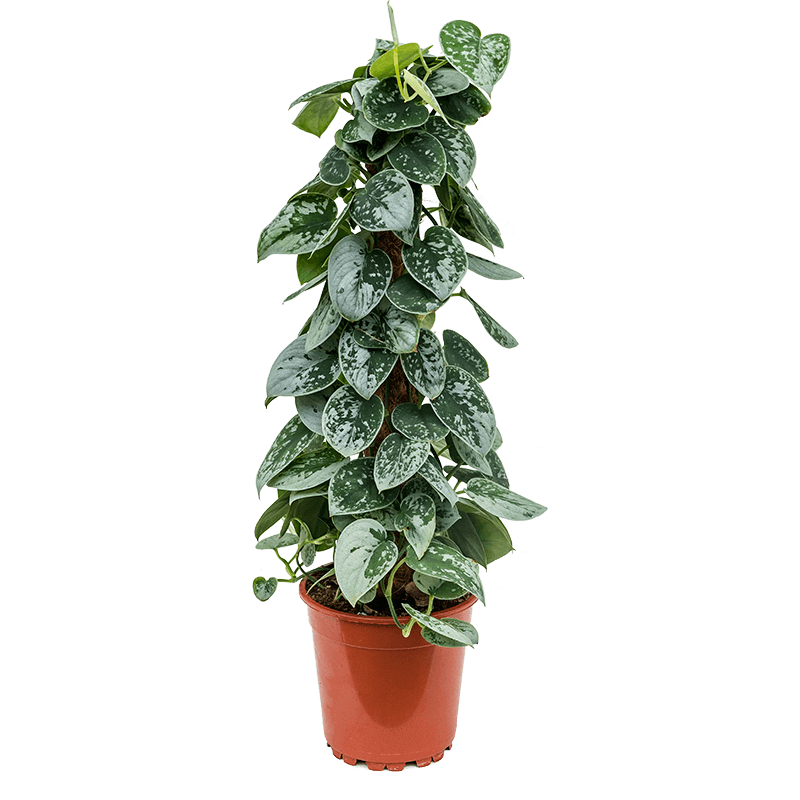how to care for dracaena fragrans
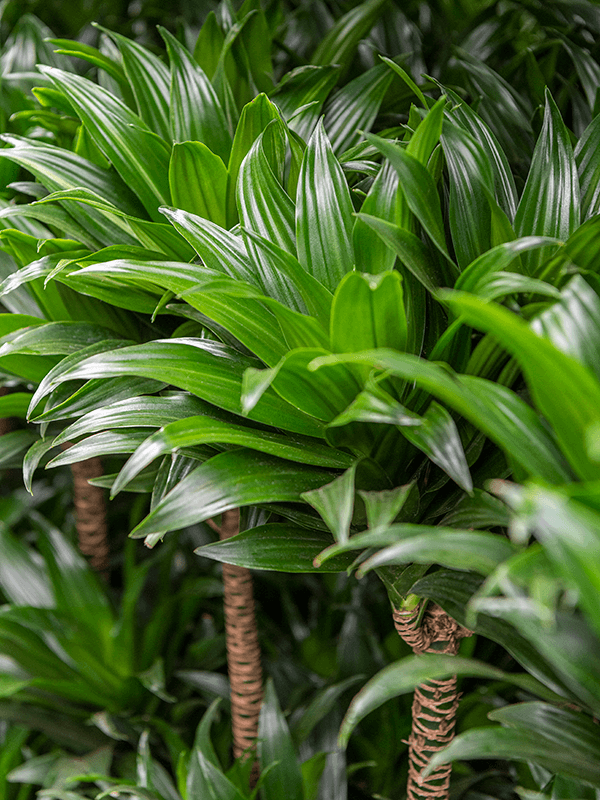
quick care guide dracaena fragrans
 |
Once every 2-3 weeks in summer; once every 4-6 weeks in winter |
 |
Does best with bright, indirect sun but can also tolerate partial shade |
 |
Fertilize once a month in the summer |
 |
Toxic to pets – keep out of reach |
 |
Strong air purifier |
To care for the Dracaena grow it in loose, moist potting soil that has good drainage. Dracaena plants grow best in average humidity and a temperature range of 15°C – 24°C. Water when the top inch of soil is partly dry and feed every 3 weeks in the growing season.
detailed care guide for dracaena fragrans
Scientific Name: Dracaena fragrans (also known as Corn Plant, False Palm, Fragrant Dracaena) Origin: Tropical Africa Light: The best place to grow a corn plant in is in a bright location in your home that has some shade. Although many Dracaena cultivars are low-light houseplants, the variegated varieties need bright, indirect sunlight. You’ll also find that corn plants grow faster when placed in a sunny spot. Water: Keep the soil evenly moist but not soggy during the growing season (spring to fall), and then reduce watering in the late fall to winter. Soil that is too dry can cause brown leaf tips on the plant. Soil: A loose, loamy potting soil mix is the best option for growing corn plants. The roots don’t like to sit in water, so make sure the soil has good drainage. Temperature: The Dracaena Fragrans performs best with indoor temperatures ranging between 15°C to 24°C Fertilizer: Dracaena plants prefer organically rich soil. Use a balanced liquid fertilizer roughly every month throughout the growing season, and feed sparingly or not at all over the winter. Humidity: Humidity levels should be between 40% and 50%, which mimics the plant’s native conditions. If you need to raise the humidity, place the pot on a tray of water and pebbles, not allowing the bottom of the pot to touch the water, or mist the plant leaves regularly. Pruning: The lower leaves on the plant will begin to yellow after around two to three years, which is roughly their natural lifespan. Once they become unsightly, you can prune them off. In addition, if the plant grows too tall for your space, you can cut the tops of the canes. New leaf buds will break out near the cut. Re-Potting: Repot your corn plant every year or two into a larger container with fresh potting soil. To repot this plant, remove the loose soil around it, carefully lift the plant from its base, and place it in its new container, making sure not to damage its roots in the process. Then, fill the space around it with fresh potting soil, but don’t pack it too tightly to ensure that the container maintains good drainage. Propagation: Corn plants root readily from stem cuttings. Take a cutting that’s at least a few inches long, and push its end into warm, moist soil. You can also root cane pieces directly by pushing them into soil and keeping them upright. Rooting hormone can help in this process. Don’t be discouraged if it takes some time for new cuttings to root. Propagating corn plants is an inexact science, and even experienced gardeners can have trouble with it. Diseases and Pests: Most diseases that affect corn plants are the result of overwatering. Plant roots that sit in waterlogged or overly damp soil can develop fungal or bacterial diseases. These issues can cause soggy stems, brown spots on leaves, and—eventually—death. To avoid doing irreparable damage to your plant, only water when the soil partially dries. Toxicity: Dracaena fragrans plants contain poisonous substances that can harm pets such as cats and dogs.dracaena fragrans origins & overview
The Dracaena fragrans—also named the corn plant—is a flowering plant species native to Africa. The corn plant is a popular ornamental houseplant because it thrives in most indoor environments. Growing in low light or bright light, the Dracaena fragrans produces glossy green foliage. The broad lanceolate leaves form an attractive crown of arching leaves at the top of a woody stem, which gives the corn plant the appearance of a small tree. Also called cornstalk plant or the happy plant, Dracaena fragrans can be grown in a shaded corner, bright room, or office with only artificial light.dracaena fragrans light requirements
The best place to grow a corn plant in is in a bright location in your home that has some shade. Although many Dracaena cultivars are low-light houseplants, the variegated varieties need bright, indirect sunlight. You’ll also find that corn plants grow faster when placed in a sunny spot.
Variegated species of Dracaena fragrans thrive on an east-facing windowsill. The early-morning sun isn’t strong enough to cause leaf burn. In a room facing south or west, keep the plant a few feet away from the window. The Dracaena cultivars with dark-green foliage thrive better in north-facing rooms or offices with artificial light.
Lighting conditions can affect the plant’s growth rate. For example, when growing in complete shade, the naturally slow growth of the plant can almost come to a halt. Also, brightly-colored foliage on some species may fade. If growing in direct sun for too long, the leaves will become discolored and wilt.
how to water the dracaena fragrans
How often should you water cornstalk plants? As a general rule, water Dracaena fragrans as often as the top 2.5 – 5 cm of soil dries out. Watering when the soil is partly dry prevents moisture problems in the pot. You also ensure that the roots are kept consistently moist. The best way to water corn plants is to soak the soil thoroughly and allow excess water to drain. Before watering, it’s best to let water sit in a jar for 24 hours. This helpful watering tip allows chemicals in tap water to evaporate and causes less stress for your houseplants. Also, water at room temperature is better than icy-cold tap water for hydrating tropical indoor potted plants. One of the most common mistakes to avoid if you want your Dracaena fragrans to thrive is to water on a schedule. Corn plants—similar to most houseplants—only need watering when the soil partially dries. It’s always a good idea to check how dry or moist the soil is before deciding to water.repotting the dracaena fragrans
You may need to transfer a corn plant to a larger container every two to three years. Species of Dracaena fragrans don’t mind being slightly rootbound. However, the plant’s growth will become stunted if roots fill the pot too much. To repot a Dracaenas species, choose a container one or two sizes larger than its current one.
To repot any type of Dracaena fragrans, this is what you should do:
- Pull the thick stem to remove the plant’s root ball from the container.
- Shake off excess dirt and run the roots under water to clean them.
- Inspect the roots for signs of rotting or decaying and trim as needed.
- Half-fill a larger container with the appropriate potting mix.
- Put the plant in the pot and fill the remaining space with soil.
- Thoroughly water and place in a bright spot, protected from direct sunlight.

Decorative pots are approx. 11 cm.

Plants have a diameter of 11 to 13 cm.
Decorative pots are approx. 14 cm.

Plants have a diameter of 14 to 16 cm.
Decorative pots are approx. 17 cm.

Plants have a diameter of 17 to 19 cm.
Decorative pots are approx. 20 cm.

Plants have a diameter of 20 to 24 cm.
Decorative pots are approx. 25 cm.
extra small |
Plants - 8 to 10 cm diameter Pots - 11 cm |
small |
Plants - 11 to 13 cm diameter Pots - 14 cm |
medium |
Plants - 14 to 16 cm diameter Pots - 17 cm |
large |
Plants - 17 to 19 cm diameter Pots - 20 cm |
extra large |
Plants - 20 to 24 cm diameter Pots - 25 cm |

